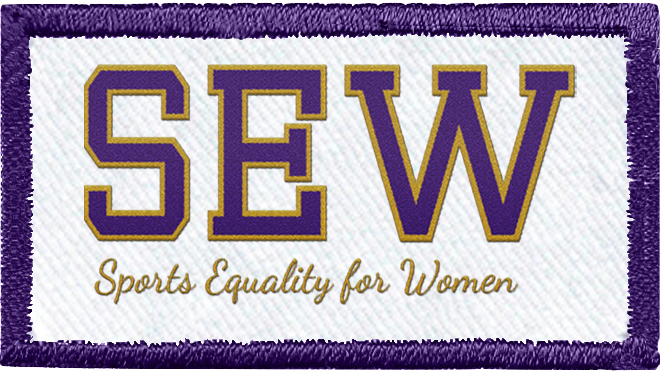It may come as no surprise, but the female athletes competing for Team USA dominated at the Beijing Winter Olympics with 17 out of 25 medals earned by women.
Out of that total, 13 medals came from individual women’s events, and the remaining four were from mixed-gender events. This was the highest number of medals earned by women from any nation, including Norway which racked up a total of 37 medals.
Among the female stars for the U.S. was Erin Jackson who won gold in the women’s 500-meter speed skating race, becoming the first black woman to medal in speed skating at the Olympics. She is also the first Black American to win the race since 1994.
Elana Meyers Taylor also made history as the most decorated Black athlete at the Winter Olympics with five medals. Meyers Taylor won bronze in the two-women bobsled event after clinching silver in the monobob event. The athlete said she felt overwhelmed after surpassing Shani Davis’ record of four medals.
“It’s so crazy to hear that stat and know that I’m part of a legacy that’s bigger than me. Hopefully it encourages more and more black athletes to come out to winter sports and not just black athletes, winter sports for everybody,” she told CNN.
Olympic champions including snowboarder Chloe Kim returned to the halfpipe earning a gold medal in snowboarding for the second time after becoming the youngest woman to do so at the 2018 PyeongChang games.
Lindsey Jacobellis also made her mark at the games, defying the odds by becoming the oldest snowboarder to medal at the Olympics. The 36-year-old veteran athlete took gold for the women’s snowboard cross event. This was her fifth time competing at the Olympics and her second time medaling since the 2006 Torino Games.
“Don’t count the old girl out,” Jacobellis said according to NPR. “As I’ve gotten older, I’ve learned to forgive myself of the uncontrollable variables, and that’s just taking maturity and time. And it helps you heal and move on and apply that skill that you learned in your next race.”
This degree of women’s accomplishments in the winter games showcased the unstoppable force of female athletes across multiple events. Beijing was considered one of the most gender-equal Olympics games in history with women making up 45 percent of the total athletes who competed.
The games debuted seven new events, five of which were added in an effort to create more opportunities for female athletes. This included the women’s monobob where Kallie Humphries and Elana Meyers Taylor took silver.
In addition, the International Olympic Committee added mixed team aerials, mixed team snowboard cross, mixed team short-track relay, and mixed ski jump. This was all part of the IOC’s attempt to create greater gender parity in the games. Even with these steps, some are still questioning the real benefits for women.
“Adding mixed events sounds good on paper but in reality, it doesn’t benefit the number of women one would assume it would,” Nicole LaVoi, director of the Tucker Center for Research on Girls & Women in Sport told USA Today. “It is one step but one at the bottom of a very long staircase where gender equity resides at top landing.”
The new mixed team Aerial event helped lead U.S. aerials skier Ashley Caldwell to her first gold medal alongside male athletes Christopher Lillis and Justin Schoenfeld.
“This is my fourth Games, and I’ve been in the hunt for a gold medal my entire career,” she said. “To do it with these guys is incredible,” she told USA Today.
It’s true mixed-gender events increase the chances for women to earn medals, but do they actually help close the gender gap? The Beijing games had 51 events for men, 46 for women, and 12 mixed or open events which added 12 to each gender. Essentially men received just as many more opportunities to medal at the games.
We’ve come a long way since 1900 when only 2 percent of competing athletes were women, but the question still remains. When will the Olympics achieve full equality for women?

Recent Comments